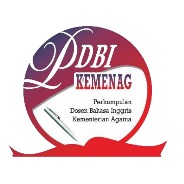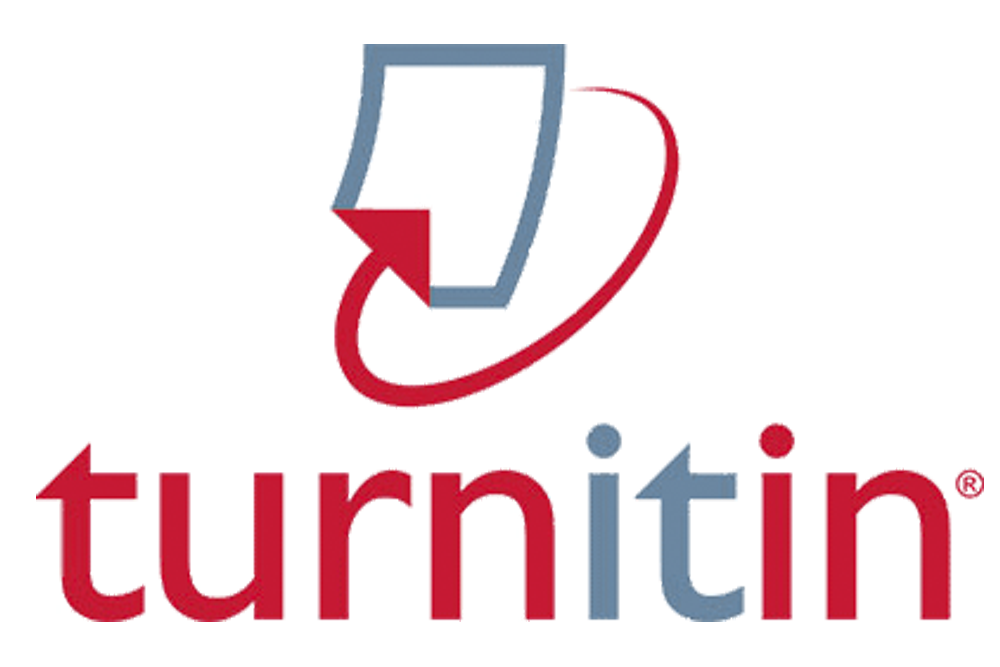Analysis of Teacher's Feedback on Students in Writing Recount Text at Senior High School
Abstract
Keywords
Full Text:
PDFReferences
Anderson, M., & Anderson, K. (1997). Text types in English. 1. Australia: Macmillan Education Australia.
Chen, Y. S., & Su, S. W. (2012). A genre-based approach to teaching EFL summary writing. ELT Journal, 66(2), 184–192. https://doi.org/10.1093/elt/ccr061
Daulay, SH., (2011). Introduction to General Linguistics. Medan: La-Tansa Press.
Daulay, S. H., Dewi, U., & Pulungan, R. (2022). Using Digtogloss Dictation Method to Improve Students’ Skills in Writing Narrative Text. AL-ISHLAH: Jurnal Pendidikan, 14(2), 1703-1710.
Daulay, S. H., Damanik, E. S. D., & Annisa, N. (2023). Student’s Difficulties on Writing Descriptive Text. EJI (English Journal of Indragiri): Studies in Education, Literature, and Linguistics, 7(1), 54-66.
Ellis, R. (2008a). A typology of written corrective feedback types. ELT Journal, 63(2), 97–107. https://doi. org/10.1093/elt/ccn023
Ellis, R. (2008b). Principles of Instructed Language Learning Asian ELF Journal, 1(1), 1–16.
Emilia, E. (2011). Pendekatan Genre Based Dalam Pengajaran B Inggris. Bandung: Rizqi Press.
Ferris, D. (2002). Treatment of error in second language student writing. Ann Arbor, MI: University of Michigan Press.
Ferris, D. (2003). Response to student writing : implications for second language students. Mahwah, New Jersey: Lawrence Erlbaum Associates.
Ferris, D., Hyland, K., Hyland, F., Ferris, D., Hyland, K., & Hyland, F. (2012). Does error feedback help student writers? New evidence on the short- and long-term effects of written error correction. In Feedback in Second Language Writing (pp. 81–104). https://doi.org/10.1017/cbo9781139524742.007
Ferris, D. R. (2012). Written corrective feedback in second language acquisition and writing studies. Language Teaching, 45(4), 446–459. https://doi.org/10.1017/S0261444812000250
Ferris, D. R., & Hedgcock, J. S. (2004). Teaching ESL composition: Purpose, process, and practice. In Teaching ESL Composition: Purpose, Process, and Practice: Second Edition. https://doi.org/10.4324/9781410611505
Ferris, D., & Roberts, B. (2001). Error feedback in L2 writing classes How explicit does it need to be? Journal of Second Language Writing, 10(3), 161–184. https://doi.org/10.1016/S1060-3743(01)00039-X
Gerot, L., & Wignell, P. (1994). Making Sense of Functional Grammar. Retrieved from https://books.google.co.id/ books/about/Making_Sense_of_Functional_Grammar.html?id=RlRdnQEACAAJ
Halliday, M., & Matthiessen, C. (2004). An introduction to functional grammar. (Third). London: Routledge. Harmer, J. (2004). How to Teach Writing: Written. Retrieved from https://www.amazon.co.uk/How-Teach-Writing- Publisher-Paperback/dp/B00SLUOFRU
Harmer, J. (2007). The Practice of English Language Teaching (Fourth). Retrieved from https://www. bookdepository.com/Practice-English-Language-Teaching-4th-Edition-Book-DVD-Pack-Jeremy- Harmer/9781405853118
Hyland, K. (2007). Genre pedagogy: Language, literacy and L2 writing instruction. Journal of Second Language Writing, 16(3), 148–164. https://doi.org/10.1016/j.jslw.2007.07.005
Jalaluddin, I., Md. Yunus, M., & Yamat, H. (2011). Improving Malaysian rural learners’ writing skill: A case study. Procedia - Social and Behavioral Sciences, 15, 1845–1851. https://doi.org/10.1016/j.sbspro.2011.04.013 Jarvis, D. J. (2002). The Process Writing Method. The Internet TESL Journal, 8(7), 1–10. Retrieved from http:// iteslj.org/Techniques/Jarvis-Writing.html
Lewis, M. (2002). Giving feedback in language classes. The University of Auckland : SEAMEO Regional Language Centre.
Martin, J. R. (1985). Language, register and genre. Children Writing: Reader, 1(1), 984.
Nunan, D. (2003). Practical English language teaching. New York: McGraw-Hill/Contemporary.
Poudel, A. P. (2018). Academic Writing: Coherence and Cohesion in Paragraph. 1(1), 1–10. Retrieved from https://www.researchgate.net/publication/322537095_Academic_Writing_Coherence_and_Cohesion_in_ Paragraph
Reid, J. M. (1993). Teaching ESL writing. Retrieved from http://search.ebscohost.com/login.aspx?direct=true&db=cat03043a&AN=bupn.00172698&site=eds-live
Richards, J. C., Hull, J. C., & Proctor, S. (1990). The Language Teaching Matrix. In The Language Teaching Matrix (Fourth). https://doi.org/10.1017/cbo9780511667152
Richards, J. C., & Renandya, W. A. (2002). Methodology in language teaching: an anthology of current practice (Second). England: Cambridge University Press.
Suryani, I., & Daulay, S. H. (2022). Students’ Perceptions on Writing Activities by Using Padlet Application. The Proceedings of English Language Teaching, Literature, and Translation (ELTLT), 11(1), 175–188. Retrieved from https://proceeding.unnes.ac.id/index.php/eltlt2021/article/view/1658
DOI: http://dx.doi.org/10.29240/ef.v7i1.6442
Refbacks
- There are currently no refbacks.
Copyright (c) 2023 Winda Sari, Sholihatul Hamidah Daulay

This work is licensed under a Creative Commons Attribution-NonCommercial-ShareAlike 4.0 International License.
INDEXED BY:
 This work is licensed under a Creative Commons Attribution-NonCommercial-ShareAlike 4.0 International License
This work is licensed under a Creative Commons Attribution-NonCommercial-ShareAlike 4.0 International License
@ ENGLISH FRANCA : Academic Journal of English Language and Education
Jl. Dr. AK Gani No 1 Dusun Curup, Rejang Lebong Regency, Bengkulu Province, Indonesia, 39119.
Dr. Eka Apriani, M.Pd., email: efranca@iaincurup.ac.id, eka.apriani@iaincurup.ac.id.




.png)












